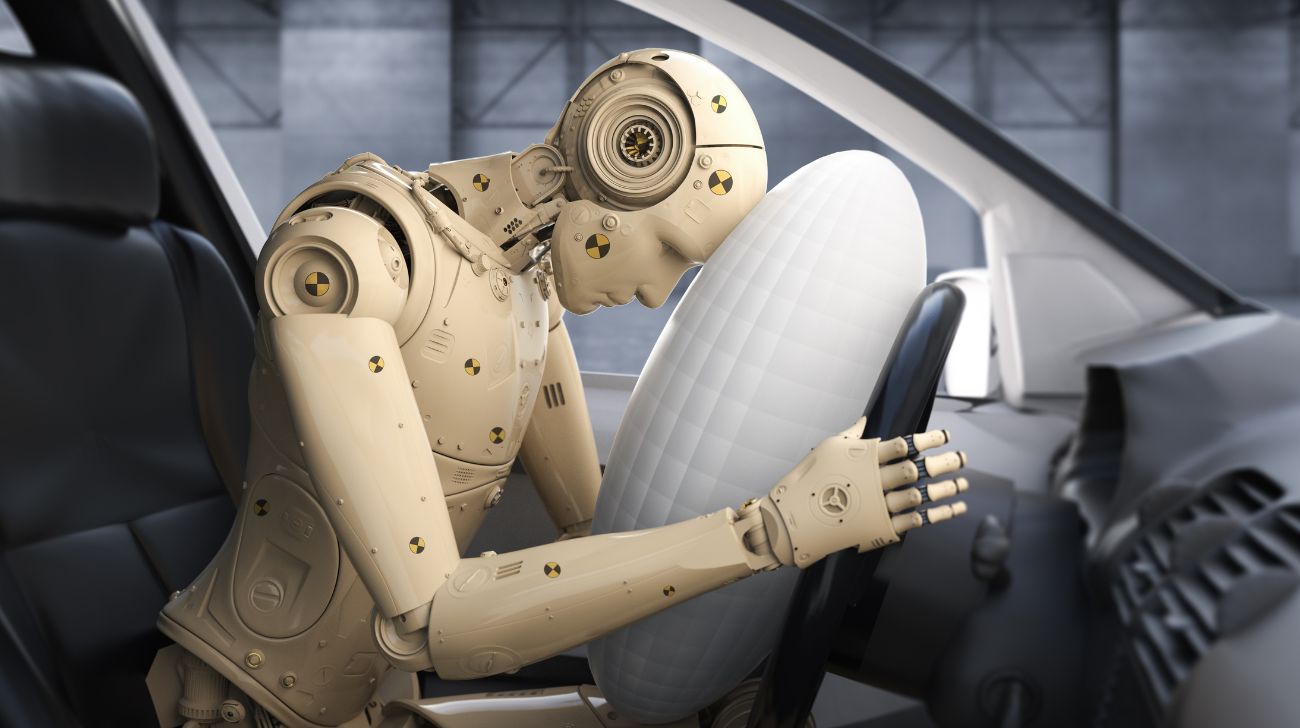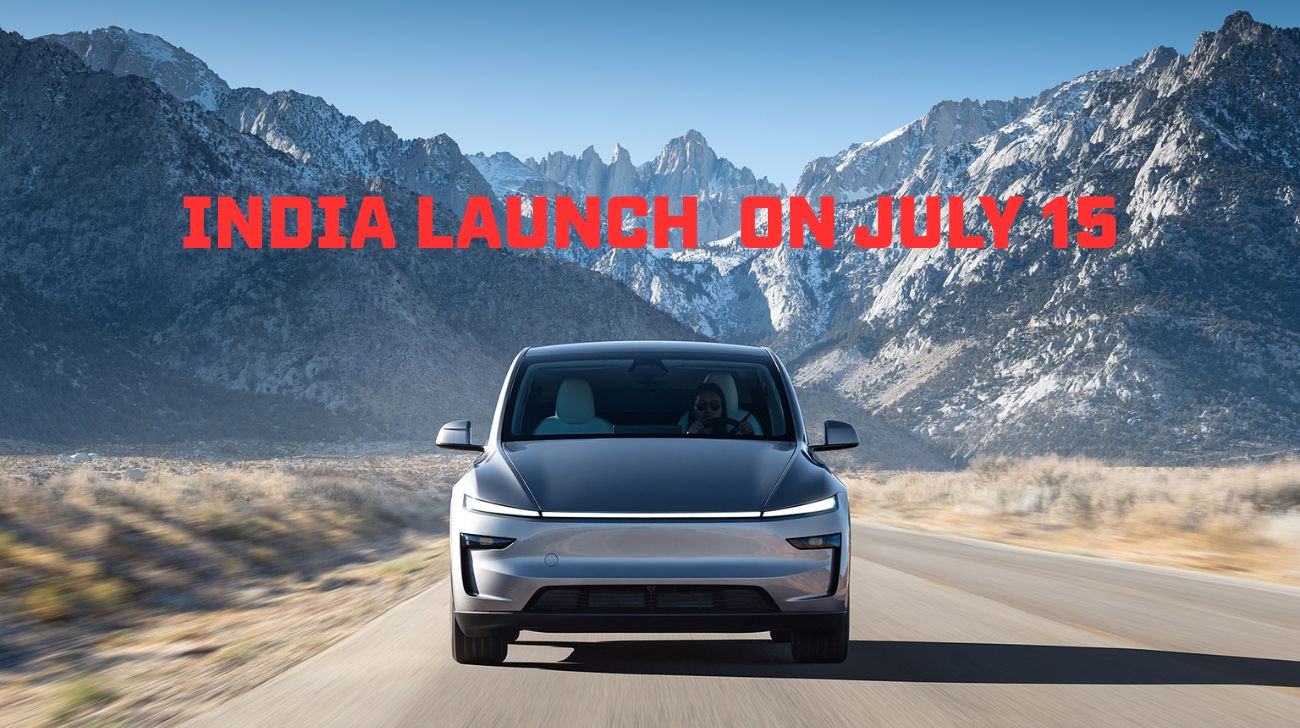The Ministry of Road Transport and Highways introduced Bharat NCAP in October 2023, allowing car manufacturers to submit their vehicles for safety testing voluntarily. Now, with Bharat NCAP 2.0, the focus is shifting toward evaluating Advanced Driver Assistance Systems (ADAS) and how they can prevent accidents. This updated Bharat NCAP 2.0 is expected to take effect by late 2027.
Adapting Bharat NCAP to Indian Conditions
“We are discussing how the India-specific use cases can be addressed better,” said Ujjawala Karle, Deputy Director at the Automotive Research Association of India (ARAI), during an ADAS event in Bengaluru. ARAI is also working on an 18-acre ADAS testing facility near Pune to support this initiative.
The Bharat NCAP follows several Global NCAP protocols, but the updated Bharat NCAP 2.0 is set to take a more India-focused testing approach. Indian drivers face various obstacles, such as huge potholes, animals on roads, and other unexpected obstacles. The Bharat NCAP 2.0 will test ADAS and its functionality on chaotic Indian roads.
The Role of ADAS in Enhancing Road Safety
The inclusion of ADAS testing is a significant step forward. While some vehicles earn 5-star safety ratings, these ratings lose relevance if accidents occur due to driver error. ADAS serves as an additional layer of protection, helping to minimise or even eliminate human errors.
In the year 2023, India recorded 4.8 lakh road accidents, resulting in 1.72 lakh fatalities. The 2024 data is yet to be released, but the numbers highlight the urgent need for India-specific NCAP protocols that prioritise passive and active safety measures.
Conclusion
We deal with a range of India-specific problems on our roads. The updated Bharat NCAP 2.0 plans to improve the testing parameters, and if implemented properly, it could also contribute to a long-term reduction in road fatalities and accidents.





